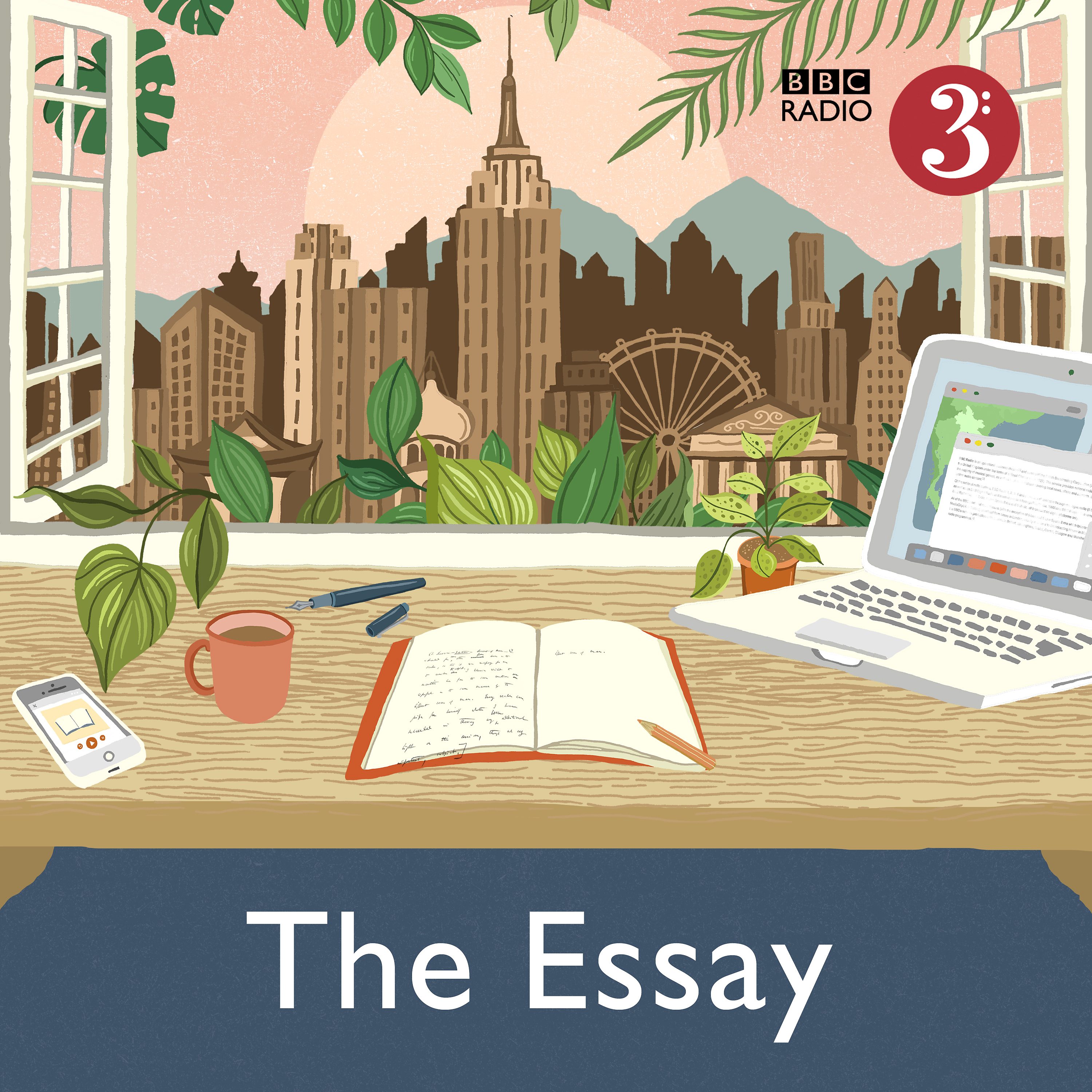- Culture
- SEE MORE
- classical
- general
- talk
- News
- Family
- Bürgerfunk
- pop
- Islam
- soul
- jazz
- Comedy
- humor
- wissenschaft
- opera
- baroque
- gesellschaft
- theater
- Local
- alternative
- electro
- rock
- rap
- lifestyle
- Music
- como
- RNE
- ballads
- greek
- Buddhism
- deportes
- christian
- Technology
- piano
- djs
- Dance
- dutch
- flamenco
- social
- hope
- christian rock
- academia
- afrique
- Business
- musique
- ελληνική-μουσική
- religion
- World radio
- Zarzuela
- travel
- World
- NFL
- media
- Art
- public
- Sports
- Gospel
- st.
- baptist
- Leisure
- Kids & Family
- musical
- club
- Health & Fitness
- True Crime
- Fiction
- children
- Society & Culture
- TV & Film
- gold
- kunst
- música
- gay
- Natural
- a
- francais
- bach
- economics
- kultur
- evangelical
- tech
- Opinion
- Government
- gaming
- College
- technik
- History
- Jesus
- Health
- movies
- radio
- services
- Church
- podcast
- Education
- international
- Transportation
- Other
- kids
- podcasts
- philadelphia
- Noticias
- love
- sport
- Salud
- film
- and
- 4chan
- Disco
- Stories
- fashion
- Arts
- interviews
- hardstyle
- entertainment
- humour
- medieval
- literature
- alma
- Cultura
- video
- TV
- Science
- en
Zhora and the Snake - Beth Singler

Los Angeles, November 2019. Blade Runner's future is now ours. Ridley Scott's 1982 classic future film of replicants escaping to a retro-fitted Earth and meeting their end at the hands of the washed out, titular Blade Runner, Harrison Ford as Rick Deckard, is adapted from Philip K Dick's equally classic 1968 novel Do Androids Dream of Electric Sheep. Both film and book are meditations on what it is to be human but we have been looking through the eyes of the film ever since it plunged us into its acid-rain, neon-coated, west-coast nightmare of flaming night skies, commercial ziggurats, flying cars and fake animals. Now its future is our present. We live in a world of mass species die off, environmental crisis, rapidly developing A.I., all powerful corporations and extreme divides between rich and poor. Film and book have bled into our culture in many different ways and in this series of the Essay, we mark the year of Blade Runner, in the month of Blade Runner. Dr Beth Singler, Junior Research Fellow in Artificial Intelligence at Homerton College, Cambridge asks what is real and fake in A.I. sex and love. "Simulation forces us to think about how we can the ‘real’ that we seem so often to be confident about. Confident enough perhaps to reassure ourselves that the use of ‘fake’ humans as slave labour and sexbots is alright to be skimmed over in the dialogue of the human characters in Blade Runner. What does it say about the society in the world of Blade Runner that it is okay with slave replicants who fight our off-world wars and fulfil sexual needs for colonists? It gets worse. What does it say about a society that is okay with slave replicants who are only two years old?" Producer: Mark Burman